Baboons
- January 16, 2024
- 0 comment
Baboons, scientifically classified under the genus Papio, emerge as captivating members of the primate family with their distinctive characteristics and intriguing behaviors. These Old World monkeys, found across Africa and the Arabian Peninsula, showcase a diverse range of species, each contributing unique traits to the broader tapestry of primate life. From the olive baboons with their earth-toned fur to the imposing chacma baboons of southern Africa, the Papio genus encompasses a fascinating array of species. Living in intricate social structures, baboons navigate hierarchical dynamics within their groups, where roles of dominance and cooperation shape their daily lives.
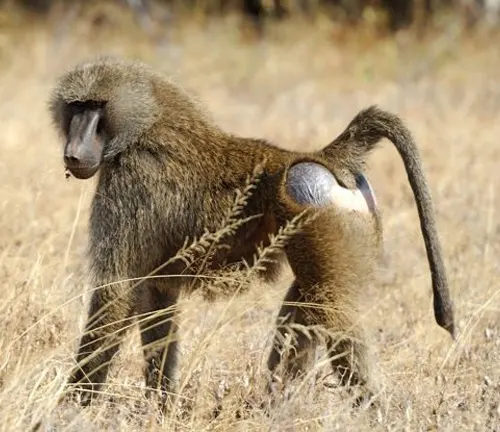
Their communication, a sophisticated blend of vocalizations and gestures, adds depth to their social interactions. Baboons are adept opportunistic omnivores, adapting to a variety of habitats, from arid savannas to dense forests. As keystone species, their ecological influence resonates in the delicate balance of their respective ecosystems. However, the challenges of predation, habitat loss, and human interaction underscore the need for conservation efforts to ensure the survival of these remarkable primates. Beyond their ecological significance, baboons find a place in popular culture, leaving an indelible mark on literature, movies, and folklore. The study of Papio not only unravels the intricacies of primate behavior but also emphasizes the importance of preserving these unique creatures and their natural habitats.
| Characteristic | Details |
|---|---|
| Scientific Genus | Papio |
| Geographic Range | Africa and the Arabian Peninsula |
| Species Diversity | Olive Baboon (Papio anubis), Yellow Baboon (Papio cynocephalus), Chacma Baboon (Papio ursinus), Guinea Baboon (Papio papio), Hamadryas Baboon (Papio hamadryas) |
| Physical Features | Distinctive facial features, dog-like snouts, colorful fur with variations based on species |
| Social Structure | Living in close-knit social groups with intricate hierarchies; roles of dominance and cooperation |
| Communication | Utilizes a sophisticated mix of vocalizations and gestures to convey information and reinforce bonds |
| Diet | Opportunistic omnivores, consuming fruits, seeds, insects, small mammals, and occasionally young birds |
| Habitat Adaptability | Thrives in diverse environments, from arid savannas to lush rainforests |
| Ecological Role | Acts as a keystone species, influencing the balance of ecosystems through their presence |
| Challenges | Faces threats from predators, habitat loss, and human-wildlife conflicts |
| Conservation Status | Conservation efforts are crucial to ensure the survival of baboon populations |
| Cultural Impact | Features prominently in literature, movies, and folklore, contributing to popular culture |
| Scientific Significance | Subject of extensive study to unravel the intricacies of primate behavior |
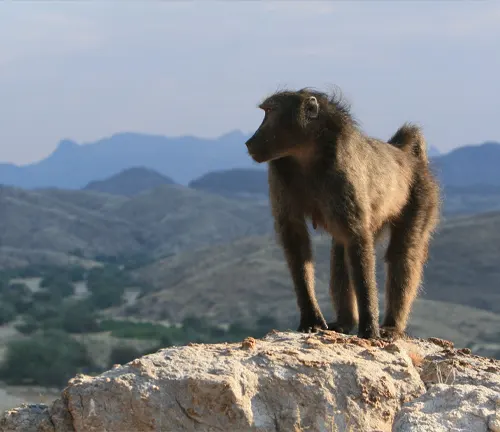
Baboons, with their distinctive appearance and complex social structures, have long fascinated scientists and casual observers alike. In this article, we delve into the intriguing world of baboons, exploring their species diversity, habitat, social dynamics, communication methods, and much more.
Species Diversity
Baboons come in various species, each with unique traits that distinguish them from one another. The olive baboon, chacma baboon, and Guinea baboon are among the most well-known. These species showcase remarkable adaptations to their specific environments, contributing to the overall biodiversity of the regions they inhabit.
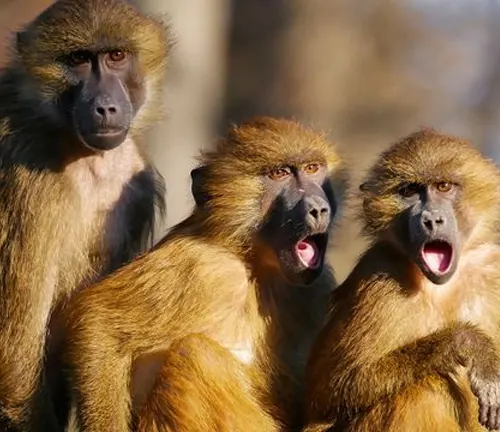
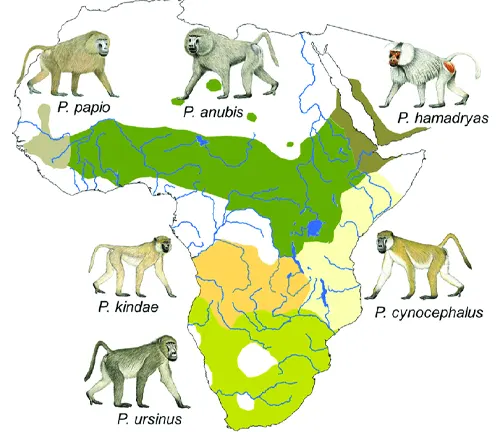
Habitat and Distribution
Found across different continents, baboons exhibit impressive adaptability to various habitats. From the arid savannas of Africa to the lush rainforests, these primates have thrived in diverse ecosystems, showcasing their resilience and ability to coexist with nature’s challenges.
Social Structure
Baboons live in intricate social structures with well-defined hierarchies. Within their groups, dominant and subordinate roles play a crucial part in maintaining order. Understanding these social dynamics sheds light on the complexities of their relationships and behaviors.
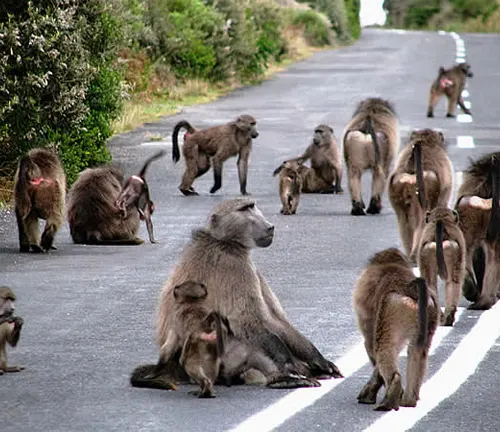

Communication Among Baboons
Communication is vital in baboon societies. Through a combination of vocalizations and gestures, these primates convey information, establish dominance, and strengthen social bonds. Observing their communication methods offers insights into the intricacies of their social structure.
Diet and Feeding Habits
Baboons are opportunistic eaters, consuming a variety of foods ranging from fruits and seeds to small mammals. Their hunting and foraging behaviors showcase both individual and collective strategies for securing sustenance in their environments.

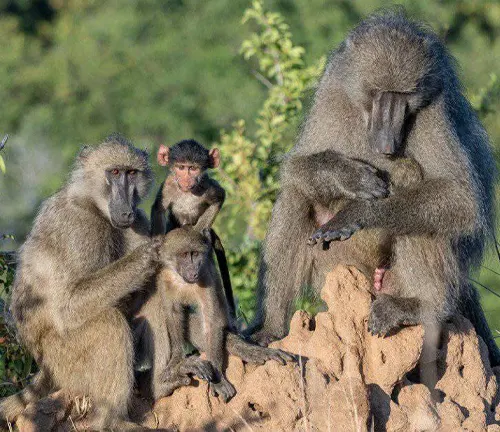
Reproduction and Family Dynamics
Mating rituals and family dynamics vary among baboon species. Examining these behaviors provides a deeper understanding of their evolutionary strategies for reproduction and the roles played by males and females in raising offspring.
Challenges and Threats
Despite their adaptability, baboons face challenges from natural predators and human-related threats. Conservation efforts aim to mitigate these risks, preserving the delicate balance between baboons and their ecosystems.
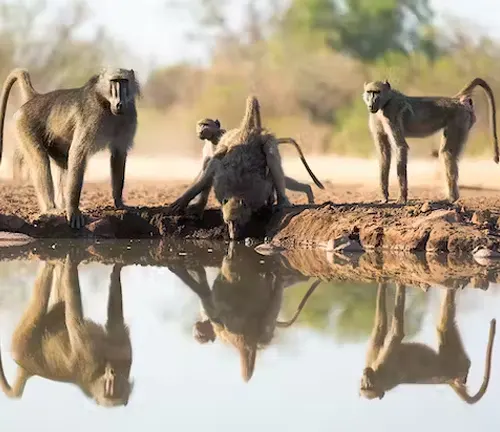
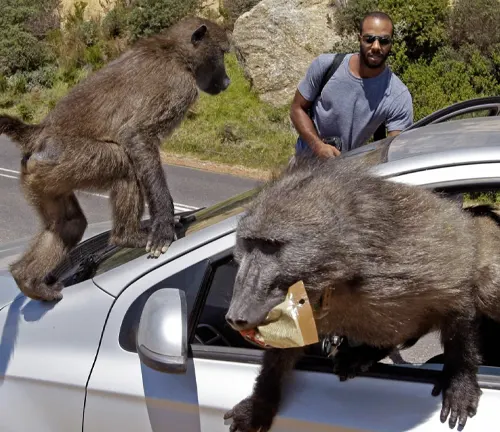
Baboons and Human Interaction
Exploring historical interactions between baboons and humans reveals a complex relationship. From folklore to conflicts over resources, understanding the historical context helps in navigating present-day coexistence and conservation challenges.
Research and Conservation Efforts
Scientific studies on baboon behavior contribute significantly to conservation initiatives. Examining successful conservation stories highlights the positive impact of understanding and protecting these remarkable primates.
Baboons’ Intelligence and Problem-Solving Skills
Beyond their physical traits, baboons exhibit high levels of intelligence and problem-solving skills. Examples from both captivity and the wild showcase their cognitive abilities, challenging traditional views of primate intelligence.
Unusual Baboon Behaviors
Baboons often surprise observers with quirky or unexpected behaviors. Exploring these behaviors raises questions about their evolutionary purpose and the unique traits that make baboons stand out among primates.
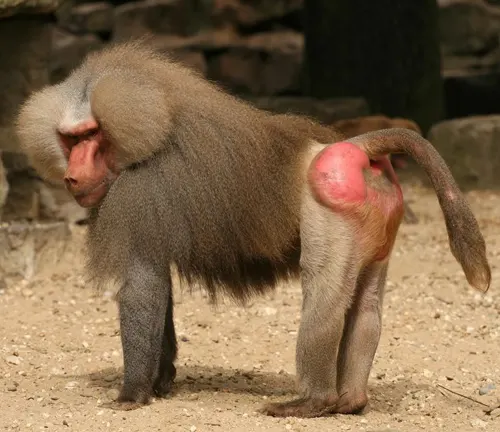
Baboons as Keystone Species
Understanding baboons’ roles as keystone species in their ecosystems reveals their ecological importance. The ripple effects on other species in the absence of baboons highlight the interconnectedness of the natural world.
Different Species
Olive Baboon
(Papio anubis)
Found in East and West Africa, the olive baboon is characterized by its olive-green or yellowish-brown fur. They have a robust build and a distinctive dog-like snout.

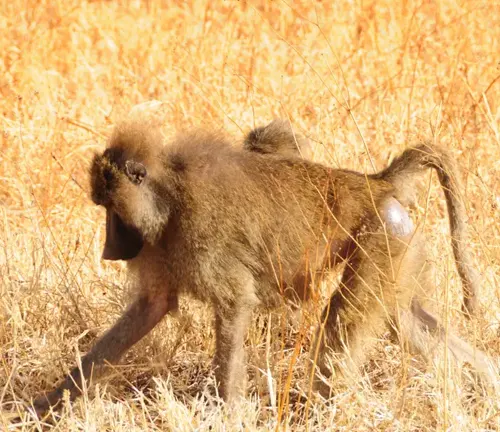
Yellow Baboon
(Papio cynocephalus)
Native to central and southern Africa, yellow baboons are named for their bright yellow to light brown fur. They have a dog-like face and a long, slender build.
Chacma Baboon
(Papio ursinus)
Inhabiting southern Africa, chacma baboons are the largest baboon species. They have a darker, shaggy coat and distinctively long, downward-sloping faces.

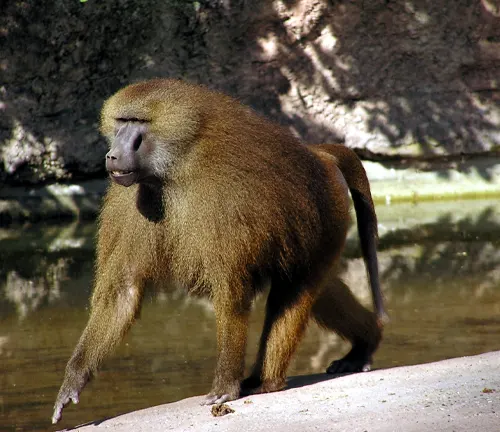
Guinea Baboon
(Papio papio)
Native to West Africa, the Guinea baboon has a lighter coat than other species, ranging from yellow to brown. They have a shorter muzzle and a more robust build.
Hamadryas Baboon
(Papio hamadryas)
Occupying the Horn of Africa and the Arabian Peninsula, hamadryas baboons have a unique appearance, with a cape-like mantle of silver-gray fur on their backs. Males often have a striking face with a bright red patch.
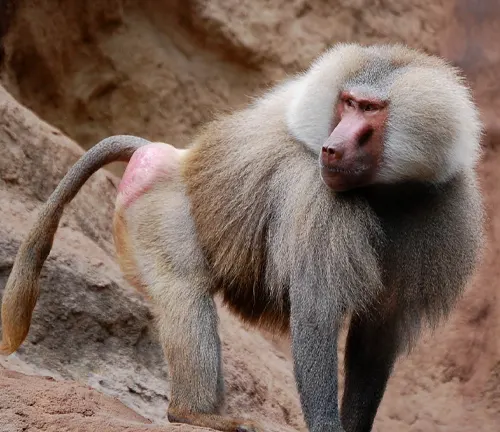
Different Species
- Are baboons monkeys or apes?
Baboons are monkeys, specifically Old World monkeys. They belong to the genus Papio. - What is the average lifespan of a baboon?
The lifespan of a baboon in the wild is typically around 20 to 30 years, depending on the species and environmental factors. - How do baboons defend themselves from predators?
Baboons use their sharp canine teeth and strong social structure to deter predators. They may also flee into trees to escape ground-based threats. - What is the purpose of the colorful skin on a hamadryas baboon’s face?
The colorful skin on a male hamadryas baboon’s face is believed to play a role in attracting mates and establishing social hierarchies within the group. - Do baboons groom each other?
Yes, grooming is a common social behavior among baboons. It helps strengthen social bonds and remove parasites from fur. - Can baboons use tools?
While not as proficient as some other primates, baboons have been observed using tools, such as sticks or rocks, for various purposes like foraging or self-defense. - What is the role of alpha males in baboon groups?
Alpha males in baboon groups are dominant leaders responsible for protecting the group from external threats and maintaining order within the social hierarchy. - How many offspring do baboons typically have?
Baboons usually give birth to a single offspring, but twins can occur. The gestation period is around six months, and infants are cared for by the mother and the troop. - Do baboons migrate or stay in one area?
Baboons are not migratory, but they may move within their home range in search of food and water. Their movements are influenced by environmental conditions. - Are baboons omnivores?
Yes, baboons are omnivores, meaning they eat both plant matter and small animals. Their diet includes fruits, seeds, insects, small mammals, and even young birds. - Do baboons have a specific mating season?
Baboons do not have a strict mating season. Mating can occur throughout the year, although certain environmental factors may influence reproductive patterns. - How far can baboons travel in a day?
Baboons can cover considerable distances in a day, often influenced by the availability of food and water. Daily travel can range from a few kilometers to over 10 kilometers. - Do baboons interact with other primate species?
Baboons may interact with other primate species, especially when sharing habitats. These interactions can vary from avoidance to occasional aggressive encounters. - What is the significance of the tail in baboons?
Baboons’ tails are not prehensile but serve various purposes, such as aiding in balance, communication signals, and acting as a counterbalance when they are climbing or moving quickly. - Can baboons learn from each other?
Yes, baboons are known for their ability to learn from others within their group. Social learning plays a crucial role in passing on knowledge about foraging techniques and other behaviors.





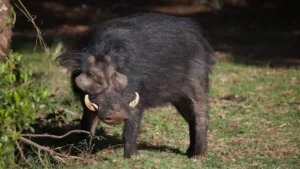
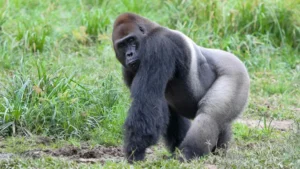
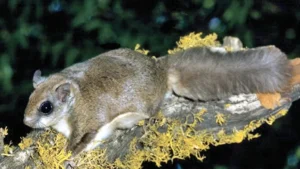
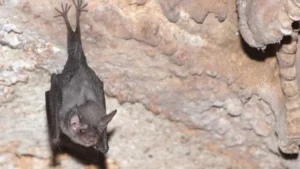
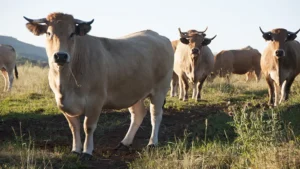
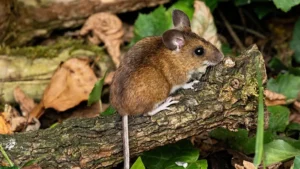

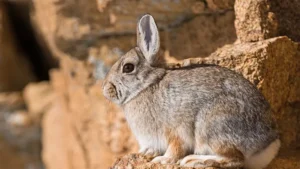
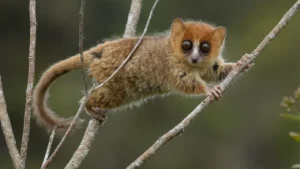
Leave your comment